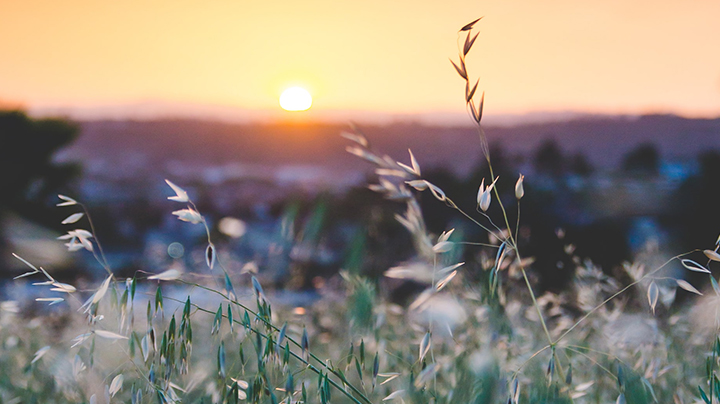The Ayurvedic tradition celebrates six seasons (Ritu) in a year, as opposed to the four seasons that are observed in most other countries.
Hemant Ritu (Pre-Winter Season), one of the six Ayurvedic seasons that arrive in the colder months.
It is the time of year when the energies of the Sun and the Moon are in balance and conducive to a nice, cozy atmosphere. According to Ayurveda, our digestive fire grows during Hemant Ritu, the pre-winter season.
Ayurveda and Hemant Ritu

For promoting good health, Ayurveda has defined some rules which one can apply on his/her dinacharya(daily routine).
Everyone should follow seasonal routines (Ritucharya) and follow some diet that assists in balancing season change( Ritu Sandhi) effects.
Madhura is the dominant Rasa, and Prithvi and Apa are the two Mahabhutas. A person’s vigor and energy remain at their peak and vitiated Pitta Dosha is relieved.
Additionally, Agni is moving more quickly. Food and drinks that are Rooksha(dry), laghu(light), Sheeta(cold) in nature can aggravate Vata & should be avoided.
How Can Hemant Ritu Affect Our Body?
Tied to the seasons, it is also a season that begins in mid-November and lasts till mid-December. This season is considered to be quite heavy for our body, the digestive processes in the body during this season are quite slow.
People’s routines are also quite different in this season, sleeping early in the evening and waking up late in the morning are part of people’s routines this season. This season is considered to be the loveliest of all seasons of the year.
Diet To Be Consumed in Hemant Ritu
During the onset of Hemant Ritu, you should eat foods that make you warm inside. Cardamoms, cumin, oregano, cloves, and turmeric are the herbs and spices that should be utilized in the winter.
Oranges, cherries, pineapple, berries, and prepared veggies like beets, carrots, asparagus, and sweet potatoes are all healthy vegetables for this cold weather.
Sweet, sour, and salty flavors should be emphasized in Ayurvedic winter cuisine.
The best time to eat a winter dinner is at least three hours before going to bed, and it should be lighter than the other meals of the day. You should consume a diet that helps in reducing Vata Doshas.
- Black gram, Maize, and Rice are good options in the pre-winter.
- Drinking turmeric milk with a pinch of cardamom helps. Avoid cold beverages like fruit juices and cold drinks.
- Have green leafy vegetables like Methi, spinach etc. Also include cauliflower, sweet potato & pumpkin.
- Eating dry fruits like cashews, almonds, walnuts, and raisins can help in Hemant Ritu.
- Intake of cold pressed sesame oil is recommended.
- Ginger tea with tulsi leaves is a healthy option.
- For increasing immunity, have a teaspoon of Chyawanprash.
- Digestive fire is at its most powerful form in this season. Hence, this is the best season to have milk products like curd, cheese, butter, ghee etc.
What lifestyle Can Be followed in Hemant Ritu ?
Some Lifestyle Changes Can Help in Coping with the Changing Weather in Winter.
- To keep your skin moisturized, you can apply warm herbal oils.
- Try to have a warm bath.
- Do head massage twice a week and feet massage daily before sleeping with mustard oil.
- This season makes your nose dry, so administer nose oil to your nose.
- Legumes like black gram are very hel
- Practice meditation and Yoga for healthy living.
- pful in pre-winter and it balances Kapha dosha.
- Avoid sleeping in the Afternoon time during winter.
- If you include Cow ghee in your daily diet, it can assist in balancing the Vata Dosha.
- Avoiding bitter, dry, cold and spicy food as they aggravate Vata doshas.

